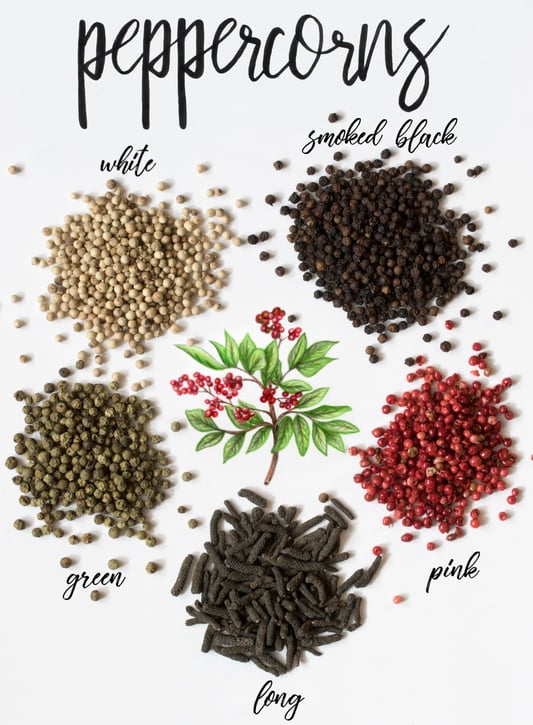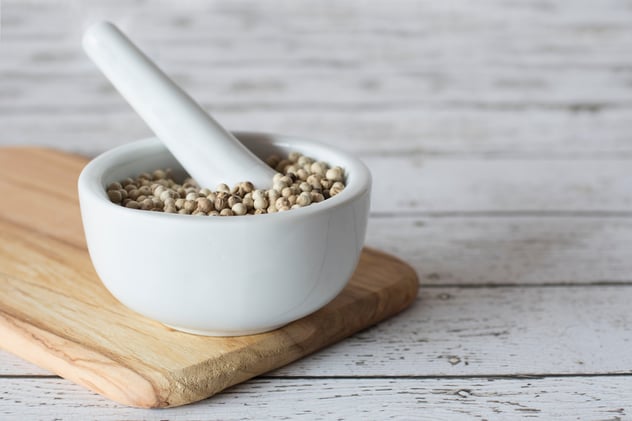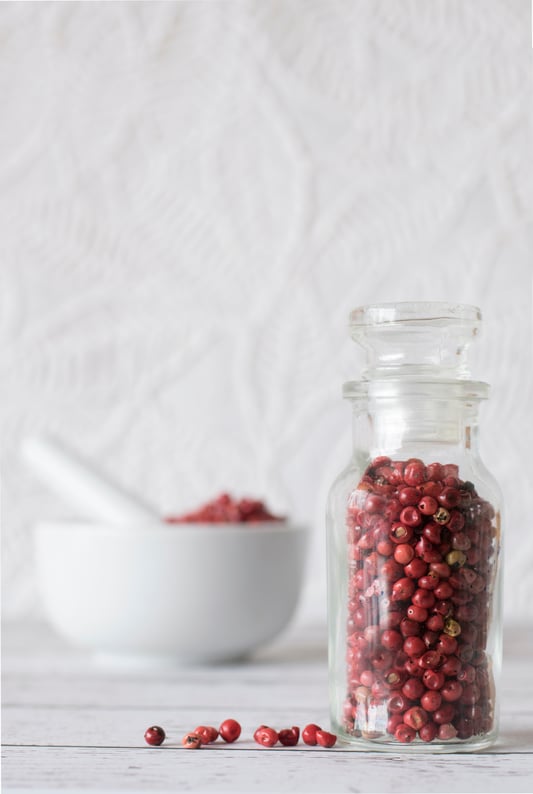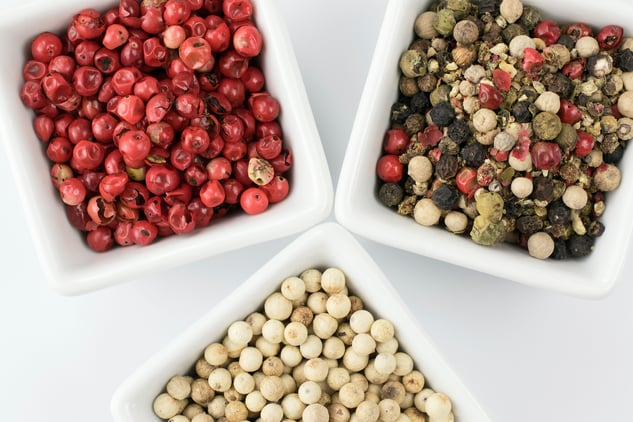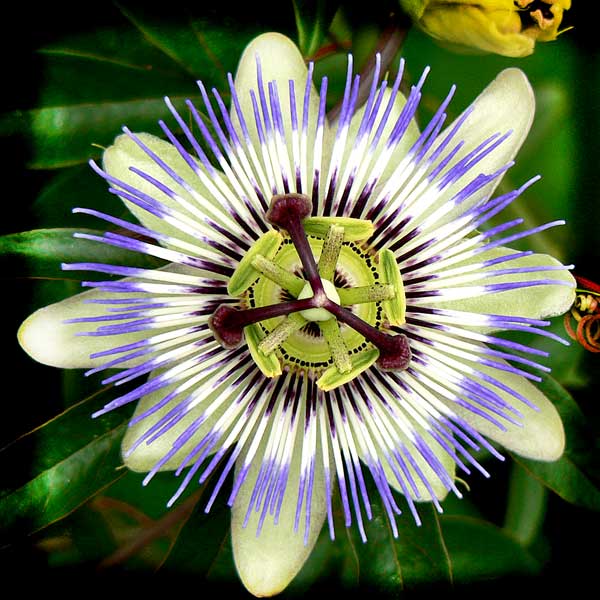Believe it or not, pepper was once more valuable than gold. In fact, it was used as currency as early as 1000 B.C. This favorite spice originated in southern India but now makes an appearance on spice racks and kitchen tables all around the world. While black peppercorns may be the most commonly used, we love having a variety of peppercorns in our culinary toolbox. They add different flavors (and colors) to anything they touch!
Black Peppercorns
Black peppercorns are a product of the dried, immature fruits from the Piper nigrum plant. They are harvested when the fruit turns red and then are sun-dried for three days. Once they turn black, they are ready! Black pepper plays a key role in various spice blends found around globe. Garam Masala, for example, wouldn’t be quite as delicious without the addition of zesty black peppercorns.
Try it: in almost every culinary creation you can think up because black peppercorns add just the right amount of warmth and kick to any dish.
Smoked Peppercorns
If you’re one of those people who enjoy smoky dishes, our smoked black peppercorns are a must-have for your spice rack. These peppercorns are smoked over a blend of seven different kinds of wood, creating a well-rounded, flavorful peppercorn that adds a natural smoky taste to your recipe.
Try it: atop homemade mac and cheese or on sauteed veggies for an easy fresh-off-the-grill flavor.
Green Peppercorns
Green peppercorns are picked from the Piper nigrum plant before they mature, but unlike black peppercorns, the drying process is skipped, allowing these beauties to maintain their green color and uniquely bright and crisp flavor. Green peppercorns are often used in French, Creole, and Thai dishes.
Try it: freshly ground on strawberries topped with fresh basil and balsamic vinegar. Green peppercorns are also divine on an omlet.
White Peppercorns
White peppercorns are picked once the Piper nigrum fruit is fully ripe. The outer skin is then rubbed off, revealing the dried white pepper inside. White pepper is a bit more mild in taste compared to black pepper and is often used in European cuisines for its delicate yet creamy flavor.
Try it: in light-colored sauces and soups. I like to add it to my vegan cashew alfredo sauce.
Pink Peppercorns
If you really want to wow your dinner guests with an exotic twist, try pink peppercorns. These vibrant little spheres are not actually considered to be true peppercorns because they’re harvested from a different plant that is native to tropical and sub-tropical climates. Pink peppercorns offer a unique sweet and spicy flavor that makes them perfect for salads, vegetables, fruit sauces, bitters, and even desserts! Yes, I said desserts!
Try it: in rich, chocolatey cakes as it gives a slightly fruity yet zesty kick or include it in a batch of homemade bitters.
Szechuan Pepper
Szechuan is actually related to prickly ash and has the same tingling affect on the tongue. This special pepper is known to prepare the tongue for spicy foods. The flavor mostly comes from the skin rather than the seed itself and adds as much tang as it does heat. This pepper is best enjoyed when sautéed as it brings out the full spectrum of its flavor.
Try it: in in your favorite veggie stir-fry. This pepper is often found in Chinese cuisine.
Long Pepper
While long pepper is not technically a peppercorn, it is closely related to the Piper nigrum plant, so we couldn’t help but include it. It comes from a flowering vine that’s similar to regular black pepper, but it’s much hotter in taste. This complex, earthy pepper has hints of chocolate and tobacco. It's traditionally used in Mediterranean, African, Indian, and Indonesian cooking.
Try it: in your favorite cookie recipe or hiding in our Holy Basil Chai.
Rainbow Peppercorns
Can’t decide on a peppercorn? Start with a bottle of our rainbow peppercorns, a blend of black, green, white, and pink. Not only is this colorful mix visually appealing, but it offers both well-rounded flavor and heat to your culinary creations.
Interested In Taking your culinary skills to the next level?

